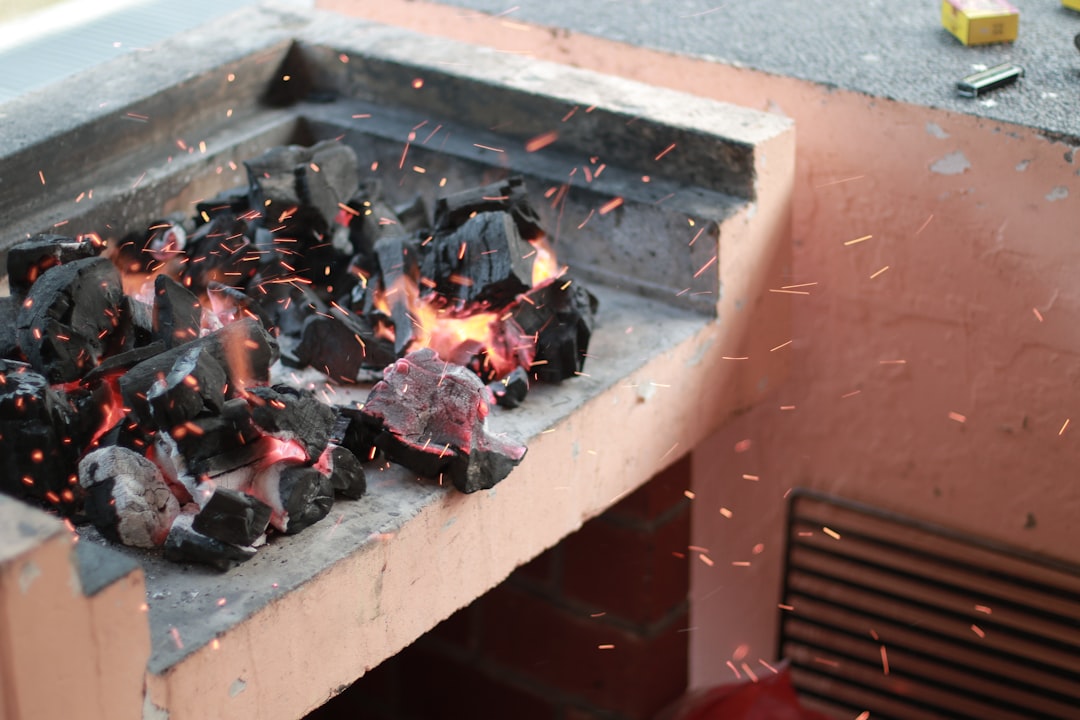body { font-family: sans-serif; line-height: 1.6; }
h1, h2, h3 { color: #333; }
h1 { font-size: 2.5em; }
h2 { font-size: 2em; }
h3 { font-size: 1.5em; }
Fire, a force of nature both destructive and essential, demands respect. In the face of its power, the need for materials that can withstand its intensity becomes paramount. Fire-resistant steel, a marvel of modern metallurgy, plays a critical role in safeguarding lives and property. This comprehensive guide delves into the fascinating world of fire-resistant steel, exploring its properties, applications, and the ongoing advancements shaping its future.
Understanding the Properties of Fire-Resistant Steel
Fire-resistant steel isn’t simply steel that’s been painted with fire retardant. Its resistance stems from its inherent properties and composition. Unlike regular steel, which loses strength and integrity at high temperatures, fire-resistant steel maintains its structural capabilities for extended periods under extreme heat. This is achieved through several key factors:
- Alloying Elements: The addition of elements like chromium, nickel, molybdenum, and manganese significantly enhances the steel’s high-temperature strength and oxidation resistance. These elements form protective oxide layers that slow down the rate of oxidation and prevent the steel from weakening.
- Microstructure: The microstructure of fire-resistant steel plays a crucial role in its performance. A refined and homogenous microstructure contributes to better heat resistance and improved mechanical properties at elevated temperatures.
- Heat Treatment: Specific heat treatments are employed to optimize the steel’s microstructure and achieve the desired balance of strength, ductility, and fire resistance. This process further enhances the material’s ability to withstand thermal shock.
Types of Fire-Resistant Steel and Their Applications
Fire-resistant steel isn’t a monolithic material. Different grades are available, each tailored for specific applications based on required temperature resistance and mechanical properties:
- Stainless Steels: Certain stainless steel grades, particularly those with high chromium content, exhibit excellent fire resistance. They are frequently used in high-temperature applications such as furnaces and exhaust systems.
- High-Strength Low-Alloy Steels (HSLA): These steels offer a good balance of strength and fire resistance, making them suitable for structural applications in buildings and bridges.
- Heat-Resistant Steels: These are specifically designed for applications involving extremely high temperatures, such as power generation and petrochemical processing.
Applications span diverse sectors, including construction (fire-rated doors, structural components), transportation (firewalls in vehicles), and industrial manufacturing (high-temperature equipment).
Testing and Standards for Fire-Resistant Steel
Rigorous testing is essential to ensure the fire resistance of steel. Standard test methods, such as those defined by ASTM International and ISO, are used to evaluate the material’s performance under fire conditions. These tests typically involve exposing specimens to controlled fire environments and measuring their structural integrity and temperature changes over time. Key parameters assessed include:
- Temperature Resistance: The ability of the steel to maintain its strength and structural integrity at elevated temperatures.
- Oxidation Resistance: The resistance to corrosion and deterioration at high temperatures.
- Thermal Shock Resistance: The ability to withstand rapid temperature fluctuations without cracking or failure.
Compliance with relevant building codes and industry standards is crucial for ensuring the safety and reliability of structures incorporating fire-resistant steel.
The Future of Fire-Resistant Steel: Innovations and Advancements
Research and development continue to push the boundaries of fire-resistant steel. Innovations focus on enhancing existing properties and exploring new material combinations. Some key areas of advancement include:
- Advanced Alloying: The exploration of novel alloying elements and compositions to further improve high-temperature strength, oxidation resistance, and thermal shock resistance.
- Nanomaterials: The incorporation of nanomaterials into steel matrices to enhance its mechanical properties and fire resistance.
- Protective Coatings: Development of advanced coatings that provide additional protection against oxidation and enhance the overall fire resistance of the steel.
These advancements promise even greater safety and durability in structures and equipment exposed to fire hazards.
Safety Considerations and Best Practices
While fire-resistant steel offers significant protection, it’s crucial to remember that it’s not invulnerable. Proper design, installation, and maintenance are critical for maximizing its effectiveness. Key safety considerations include:
- Proper Design: Structural designs should account for the specific properties of the fire-resistant steel and the anticipated fire conditions.
- Correct Installation: Careful installation is crucial to ensure the integrity of the structural elements and prevent potential weaknesses.
- Regular Inspection and Maintenance: Regular inspections and maintenance are essential to identify and address any potential damage or deterioration that could compromise the fire resistance.
- Integration with Other Fire Protection Systems: Fire-resistant steel should be used in conjunction with other fire protection measures, such as sprinklers and fire alarms, for comprehensive fire safety.
By adhering to best practices, we can harness the full potential of fire-resistant steel to create safer and more resilient structures and environments.
Tags: fire resistant steel, fireproof steel, high temperature steel, structural steel, building materials




